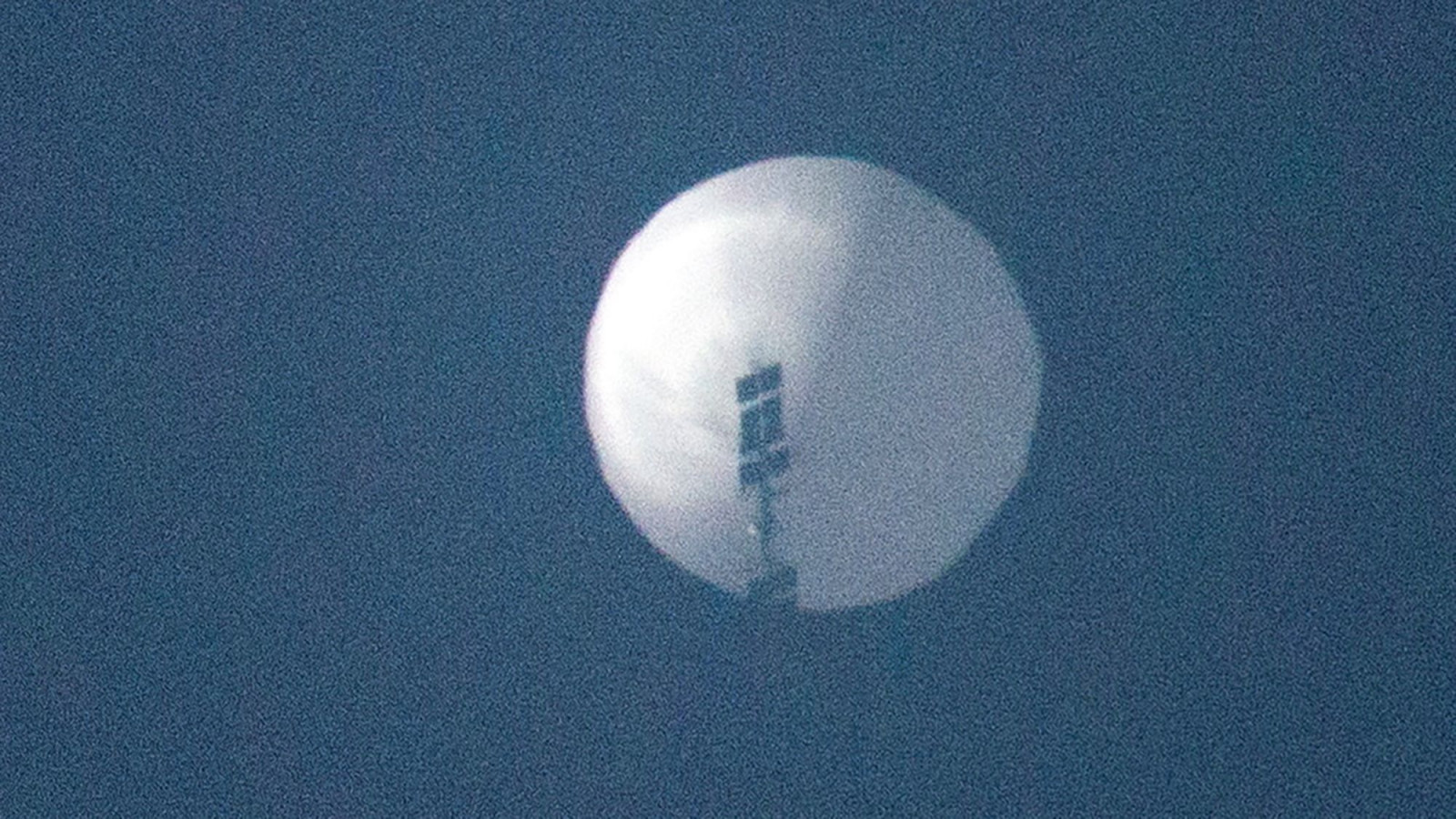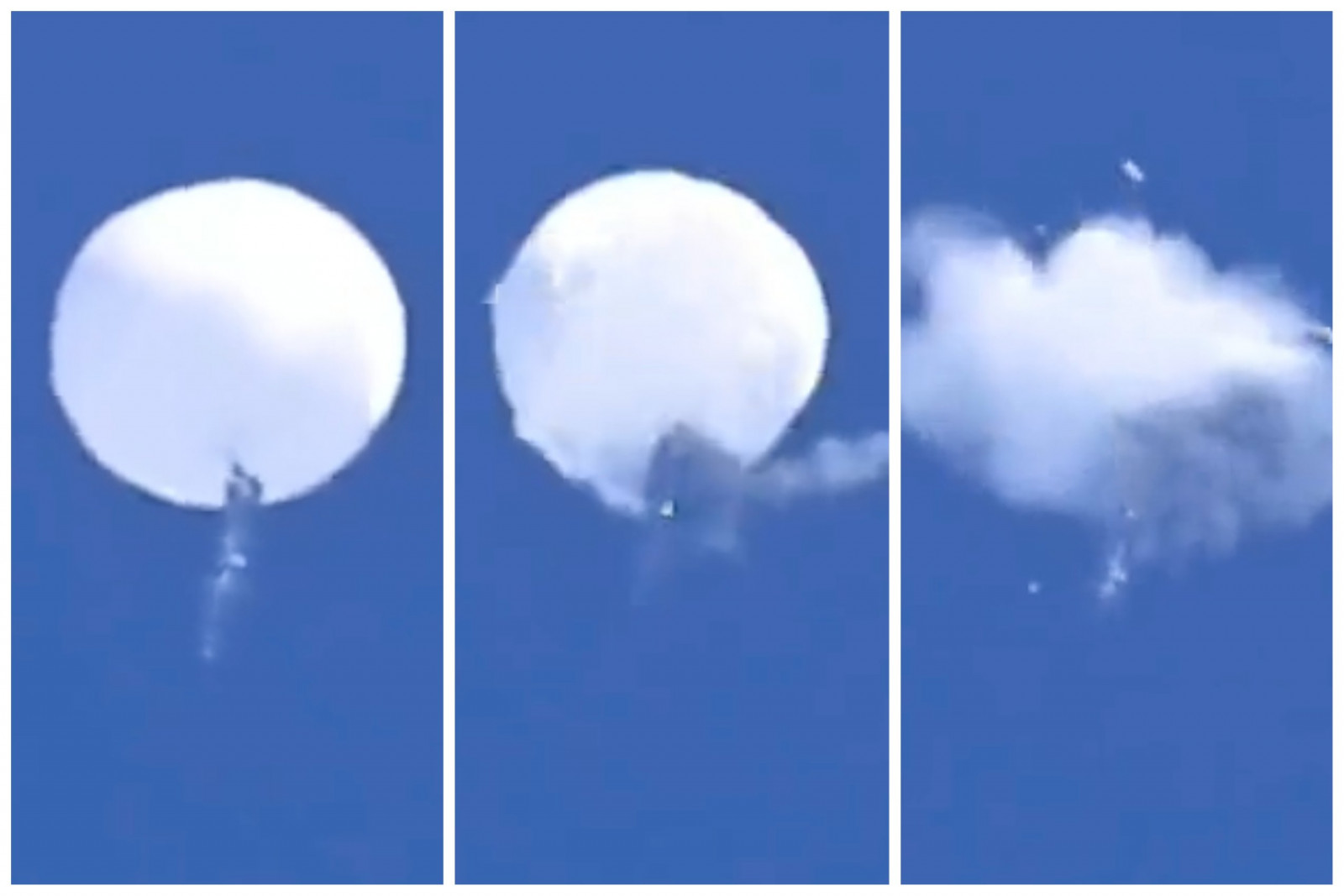The balloon, which the US military shot down on February 4 and claimed to be a Chinese spy balloon, turned its eyes to balloons, an old technology. China says this balloon is a weather balloon, while US officials claim it was used for espionage.
But whatever the truth may be, the fact that balloons are once again on the agenda does not change. So how exactly do spy balloons work?
Electronic intelligence, satellites and spy balloons
To understand this, we must first know an important concept. Electronic intelligence (ELINT or SIGINT) refers to electronic data that can consist of speech, text messages, data from weapons or radar systems. SIGINT is normally collected by satellites.
Normally, satellites collecting SIGINT are positioned in low Earth orbit (LEO), ie at an altitude of 500 to 1,000 km, or in stationary orbit at a much higher altitude of 36,000 km. Although the collection of this type of intelligence by satellites is efficient and highly effective, it has some limitations.
A satellite in LEO completes its orbit around the Earth in 70 to 100 minutes, but does not re-pass the same point on Earth for 14 to 20 hours, depending on its altitude. This is because our planet is also moving. It will also be visible for a maximum of 20 minutes over a point during this journey, and this is called the “wait time”. Although having more satellites can help overcome this limitation, there will still be large time gaps in coverage.
Although fixed satellites theoretically solve this limitation, they may not be able to pick up important but weak signals because they are located approximately 36,000 km from the Earth’s surface.
The US military is developing signals that are less likely to be intercepted – electronic data transmissions. This makes it difficult to collect SIGINT by both Chinese and Russian spy satellites.

This is where tools like balloons come into play. China is trying to close the gaps we mentioned above. In 2020, the country launched three new reconnaissance (spy) satellites from the Yaogan-30 series into a 600 km orbit as part of a larger network or “constellation” called Chuangxin-5 (CX-5). The number of satellites in the network increased to 21.
A review that tracks the trajectory of the recently hit balloon and three other unidentified objects indicates that their path passes over several key US defense bases. Located at an altitude of 20-30km and not easily noticed, the balloons can also capture weak signals thanks to their proximity to the Earth’s surface, making them ideal intermediaries for electronic intelligence gathering – if they are indeed used for espionage. Many different countries have been using balloons for intelligence over the last 200 years, so we cannot say that this is a new or experimental idea. We can only talk about the fact that it came to the fore after the recent events.
 The moment of the Chinese balloon being hit
The moment of the Chinese balloon being hitSince the ability of today’s intelligence tools to stay in the air for a significant period of time is perhaps their most important feature, some old technologies such as balloons can be renewed and reappear. In another example, intelligence is gathered using very small aircraft, such as micro-drones.
So, was the balloon dropped by the USA really a spy balloon? We will be able to understand this when the inspection of the balloon with the wreckage is completed.